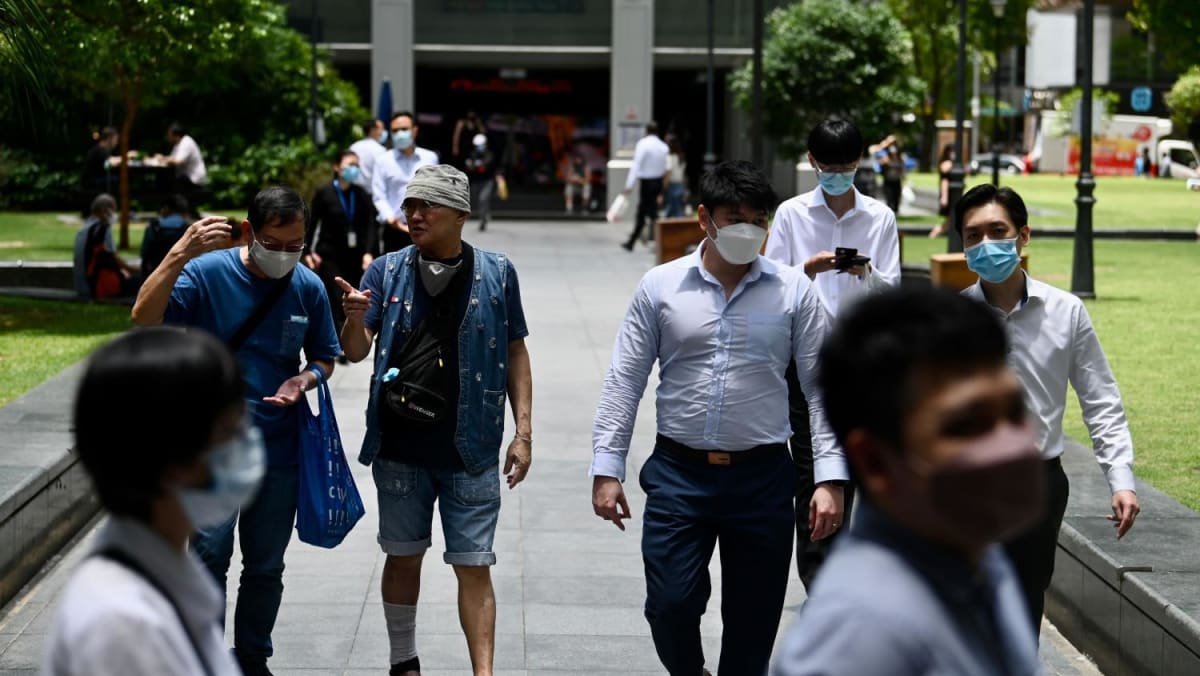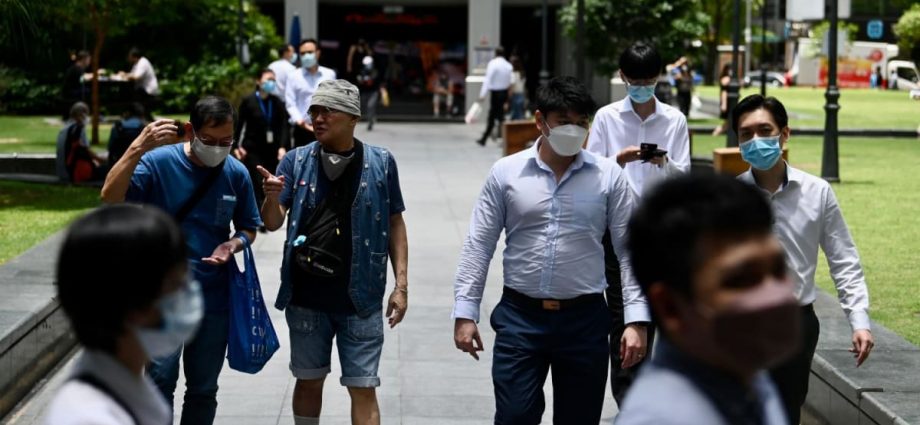
SINGAPORE: Fifteen out of 100 people who caught COVID-19 have been reinfected, and another wave could be around the corner if this number climbs.
Giving the figures on Monday (Oct 10) night, Health Minister Ong Ye Kung said the likelihood of a big wave depends on the reinfection rate.
“As of now, reinfection rate is about 15 per cent, meaning out of 100 people who are infected, 15 are getting it for the second time. If you start to see 50 per cent getting it a second time, you’re going to have a wave,” he said during the Yale-NUS College President’s Speaker Series of public lectures.
More than 4,000 cases were reported on Sunday and Monday. And with Tuesday being the most dreaded day of the week, cases could double today, noted Mr Ong.
“You may have 9,000, 10,000 cases, usually it’s double that of the day before. So hospitals will get busier, healthcare workers will come under strain and we will have to support them as much as we can. But we’ll have to try our best with the current rules (to) ride through this,” he said.
Case numbers usually spike on Tuesday due to people socialising over the weekend.
Mr Ong pointed out that Singapore was able to ride through each wave of infection and yet continue plans to open up the country. The current case numbers are due to Singapore being “in the middle” of this phase of reopening.
“Because each time we open up and we ride through a wave, whoever falls sick do appear at the hospital. We are in the middle of that,” he said.
GETTING RID OF RULES A “TURNING POINT”
Recounting his experience of handling the COVID-19 pandemic as the co-chair of the multi-ministry task force, Mr Ong recalled one of the “few big moves” that the task force made was the decision to live with the virus.
“Delta wave was raging … Then we did something, which when I look back, was a bit decisive. … We decided let’s press the reset button. Get rid of all (the rules) overnight and just have three rules, and that’s the Protocol 1-2-3. … Which means we did away with quarantine overnight. 40,000 people in quarantine were released from their home,” he said.
“Did we know that what we did was absolutely right and will the release of people in quarantine lead to an even bigger wave? Did we know that at that point in time? Not totally. But looking at the data, it was a risk that I think was worth taking.”
Mr Ong said that with the simplified rules, individuals knew how to play their part, whereas with confusing rules, people were “just afraid”.
That decision was “a big turning point”, as vaccination rates went up and people knew how to take responsibility for themselves, he added.
“(By) the time (our vaccination rate) reached 80, 90 per cent, Delta wave was over. We started to open after that. Rest is history.”

